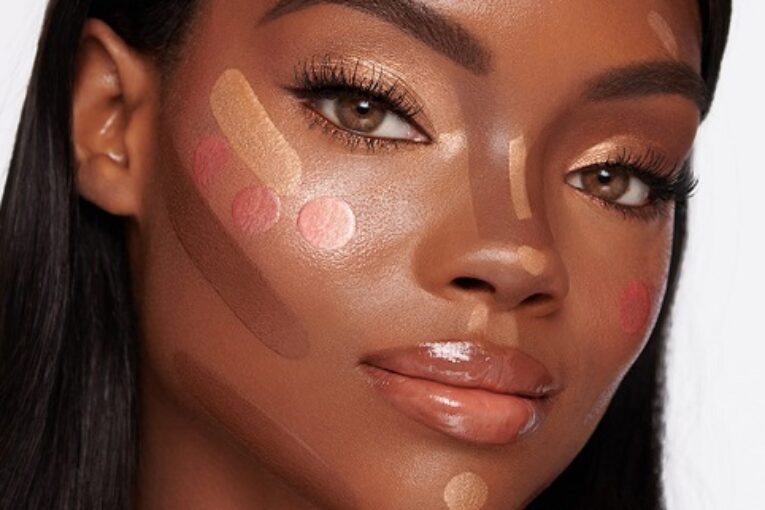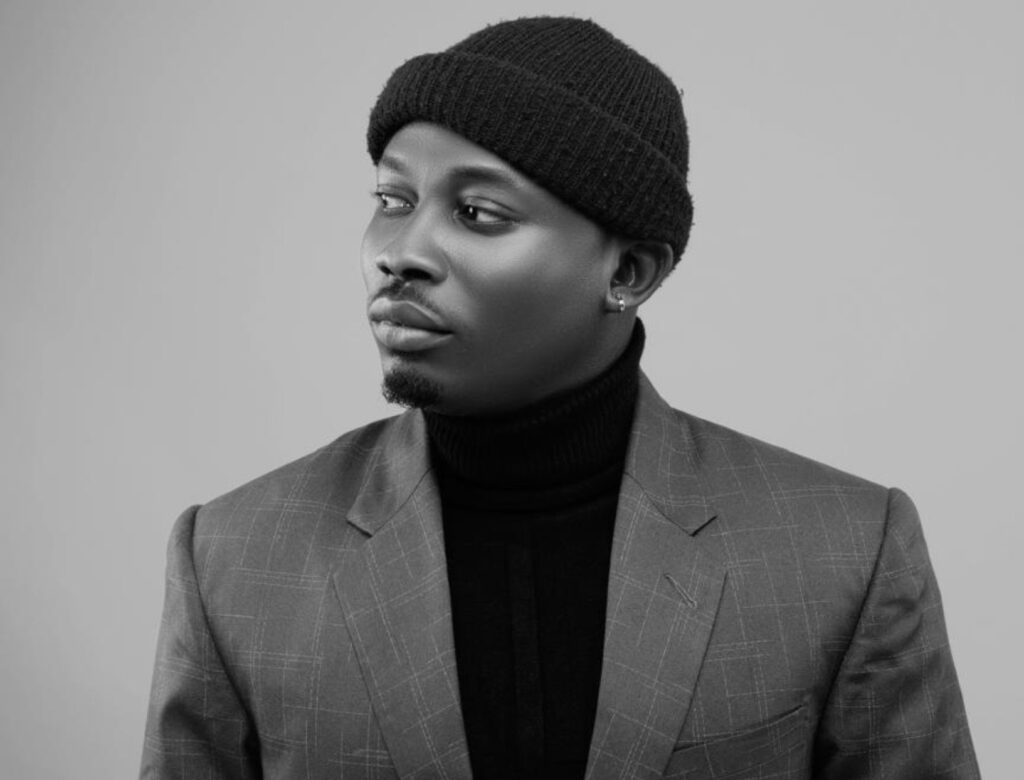
It truly is amazing how a little bit of makeup can boost our confidence and take years off of our appearance at the same time. And contouring is the go-to technique that makeup artists have used for years to sculpt and add warmth to the face — and reverse years without the need for needles, lasers, surgery and expense. But “it has been popularized by social media as it is no longer a Hollywood-kept secret,” says celebrity makeup artist Tomy Rivero. You’ve likely heard of this trick before, but it’s possible you haven’t tried it and are curious how to contour your face. To learn just that and why you should add contouring to your makeup routine, keep scrolling.
What is contouring?
While contouring may seem like a newer makeup technique, it actually originated in the 16th century as a way for actors, who used chalk and soot, to accentuate their facial expressions during theater performances. Today, this trick is more popular than ever as TikTok videos tagged with #contouring have logged over 2 billion views. The contouring of today involves using bronzer or a taupe- or brown-hued powder or cream product (that’s deeper than your skin tone), which is applied to specific areas of the face, says makeup artist Ashleigh Ciucci.
“As opposed to highlighting where you apply a light-reflecting powder to the high planes of the face (cheekbones, brown bone, nose bridge, cupid’s bow), applying a contour product to the hollows of the face (neck, under cheekbones, either side of the nose bridge, temples) creates depth and dimension,” says Ciucci. Contouring is also often used hand-in-hand with highlighter (as shown in the photo above) to give skin a lit-from-within glow.
The benefits of contouring
This technique sculpts the face so you can play up or down any features that you choose. One way to think of contouring is that it’s like having a personal lighting designer for your face. That’s because it brings depth and dimension to your features while minimizing areas you may want to recede. Whether you’d like a more chiseled jawline, higher cheekbones or a slimmer nose, contouring can help you achieve your desired look.
This is especially beneficial for women over 50 who may have noticed their features are starting to look droopy thanks to the aging effects of gravity. So adding some bronzer can give the face a youthful, lifted look. Additionally, skin can begin to look pallid with age, so dusting on a touch of bronzer can bring back warmth and a sun-kissed glow to the complexion.
How to contour your face
If using a powder to contour, Ciucci says to apply it after your foundation, concealer and setting powder. If you’re using a cream product, do your foundation and concealer, your contour and then your setting powder, she adds.
To start, Rivero says you want to identify your three contour shades:
- Your natural base tone (your foundation shade)
- Your highlighting tone (lighter than your base)
- Your contour color (it should be close to the deepest tan you’ve ever had)
After your foundation base has been applied, you’ll want to place your highlighter color on the areas you want to accentuate or bring forward, like the high points of the face, like the bridge of the nose, above the cupid’s bow and on the cheekbones. “Place your contour color where you want to create a shadow that recedes — your contour shade gives the face form,” he explains. Start at the temples, right under your cheekbones and right under your chin
for a more defined face, he adds. After the shades have been placed, blend out any harsh lines.
Contouring can also be customized based on your face shape to create the most flattering look and the trick can also be used to mask any confidence-sappers like a double chin. Read on for Ciucci’s and Rivero’s how-tos.
How to contour to slim a round face
To counteract a fuller face, Ciucci suggests applying contour to the temples and along the hollow underneath the cheekbones to create the look of more bone structure. Rivero also likes to create sharp angles toward the bow of the lip. “Place your contour powder or cream angled downward to create the illusion of a longer, slimmer face,” he says.
How to contour to “widen” a long face
Ciucci likes to apply contour to the forehead along the hairline and under the chin to widen a long face. Also smart: Rivero says to also use highlighter to balance the proportions of a narrow, long face. “Instead of taking your contour color to the temple, use your highlighting colors from the temples toward the tip of the nose to create a bigger highlight,” he says. “That will give the impression that the face widens up top.”
How to contour to soften a square face
To offset the harsh angles of a square face, Ciucci advises applying bronzer to the temples and the jawline right beneath the ears to soften the edges of a square jawline. And just like with a long face above, highlighter can also help. “Using your concealer and highlighting color, apply this wherever you have sharp edges to create a softer balance,” adds Rivero. In other words, put it on on the jawline under the ear, on the tip of the nose and on the sides of the forehead to optically soften the face’s angles.
How to contour to balance a heart-shaped face
Rivero says to do a “very clean sharp contour toward the tip of the nose.” And then “a deeper contour on the forehead and chin to create a more balanced face.” He also advises to set your contour with a setting powder, so it doesn’t blend with your highlighter and blush.
To see these techniques in action, check out the below video from makeup artist and YouTuber Alexandra Anele.
Ever wish you could wave a magic wand and make a double chin disappear? Contouring works just like that! Ciucci says to apply the product of your choice along your jawline and blend down the neck for best results.
Rivero agrees saying it’s all about creating a shadow. “Take a flat-top brush and with a bronzing powder or a powder foundation — I prefer a powder foundation for a more natural look — shade from the start of the jawline under your ear to the chin and downwards toward your neck,” he says. “The idea is to prevent the light from catching onto the double chin, therefore creating the Illusion that it isn’t there or is at least reduced from a visual standpoint.”
-Yahoo





